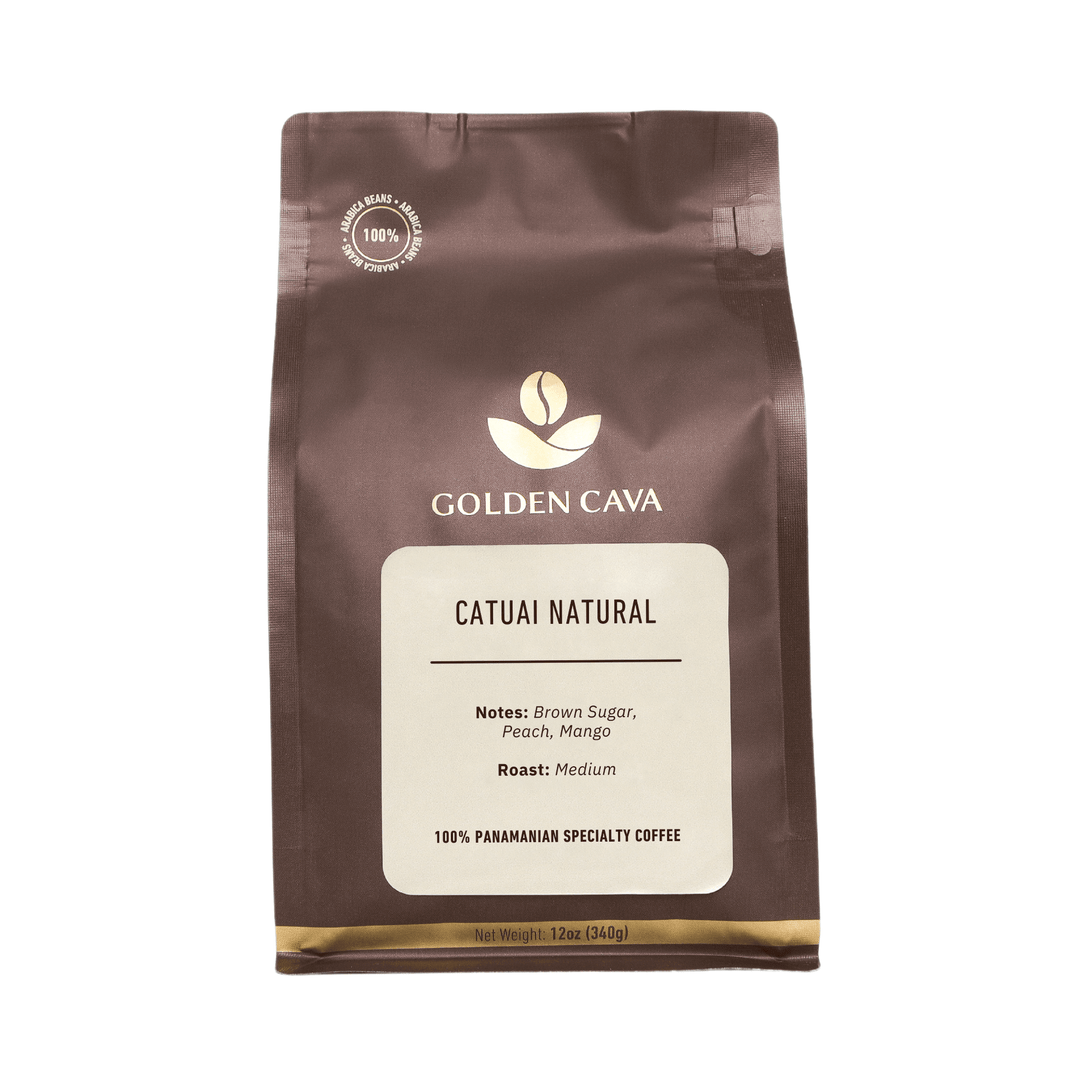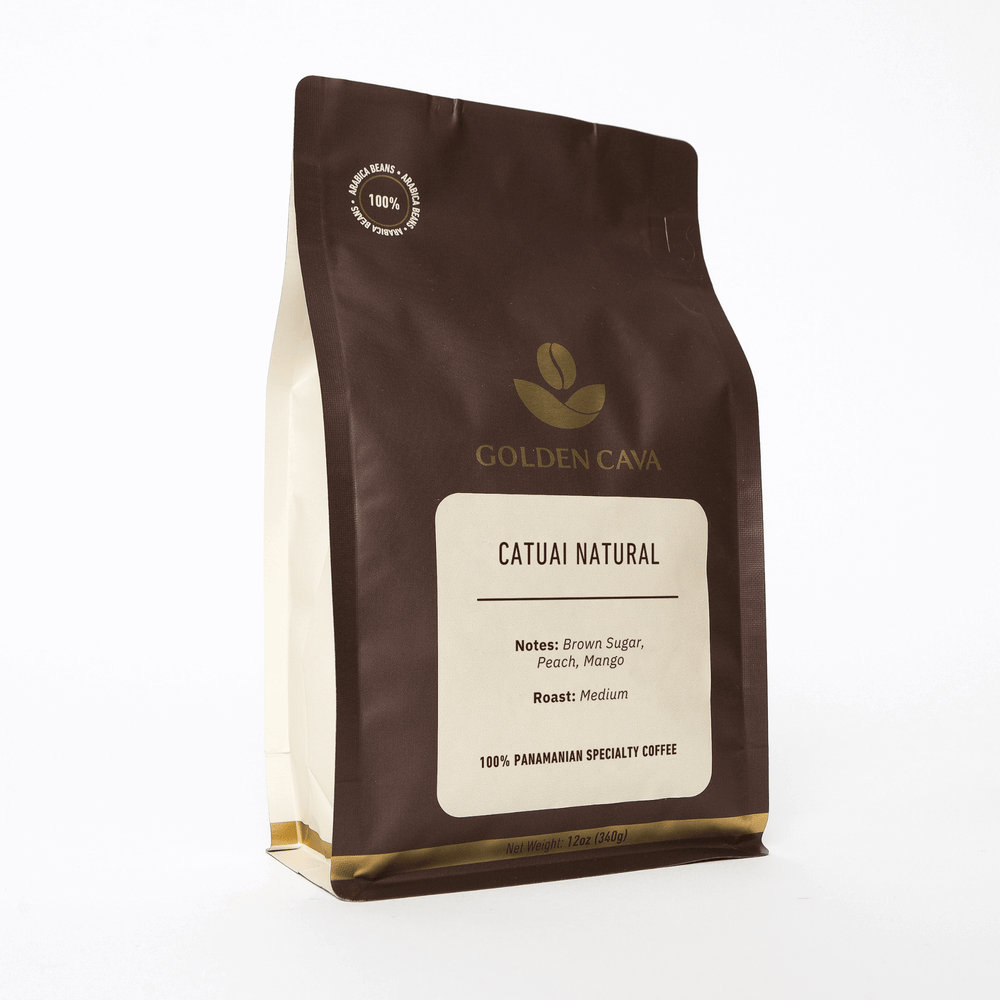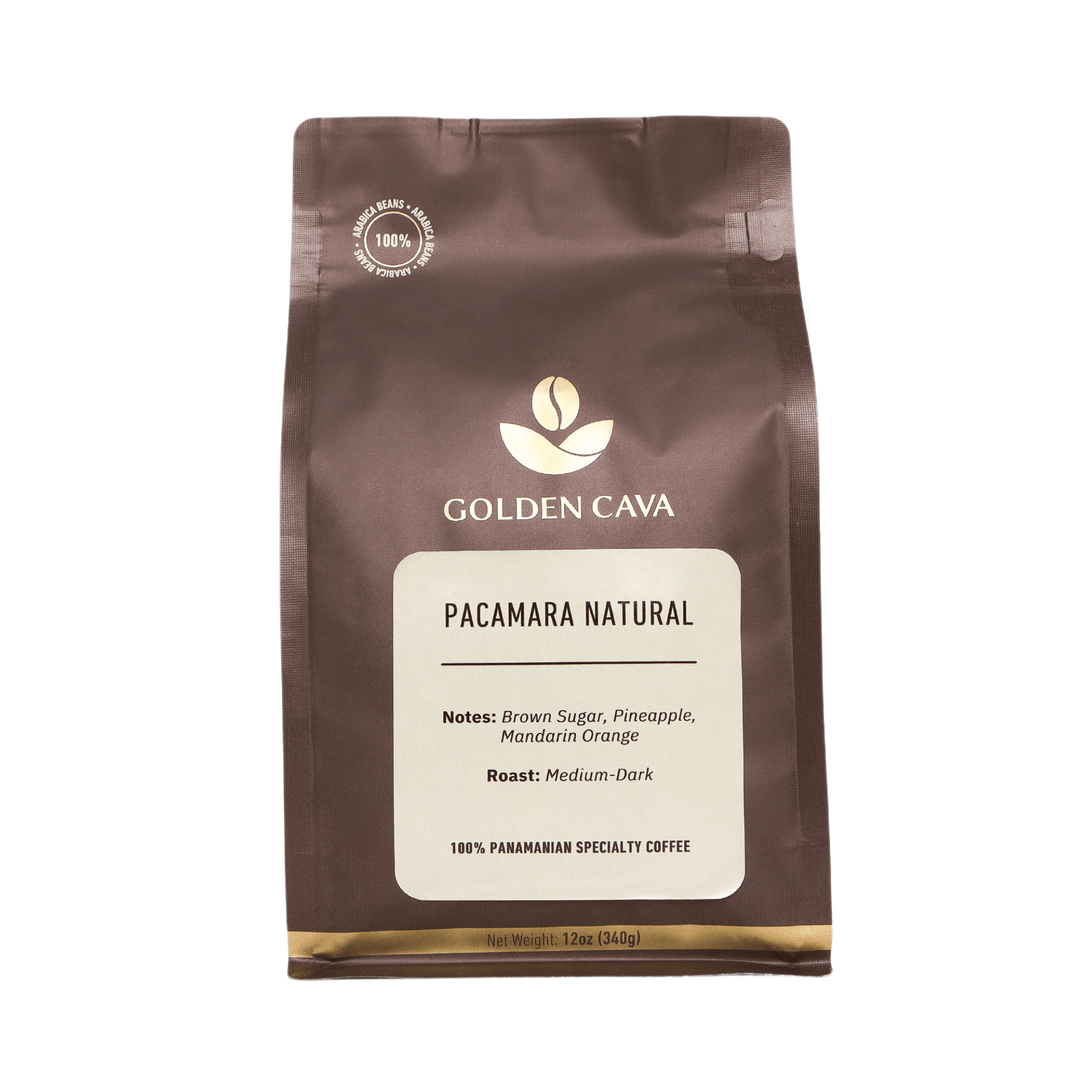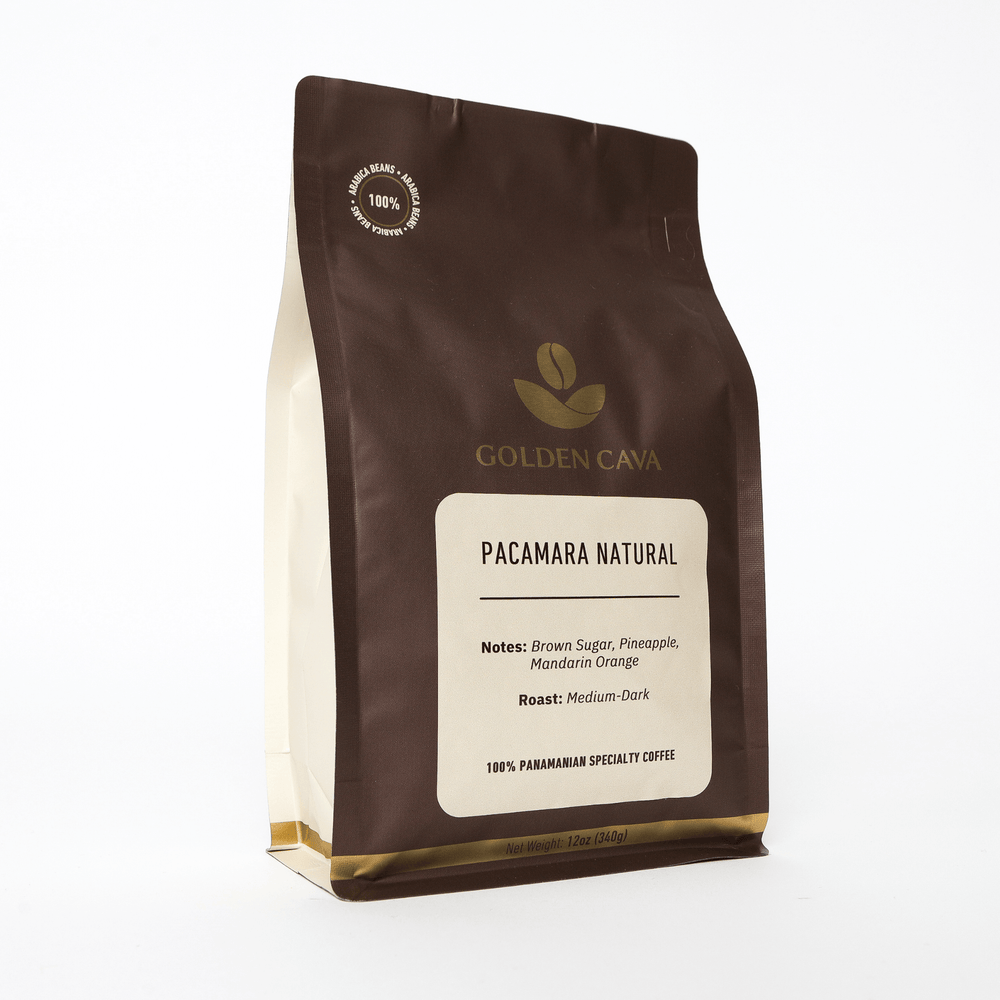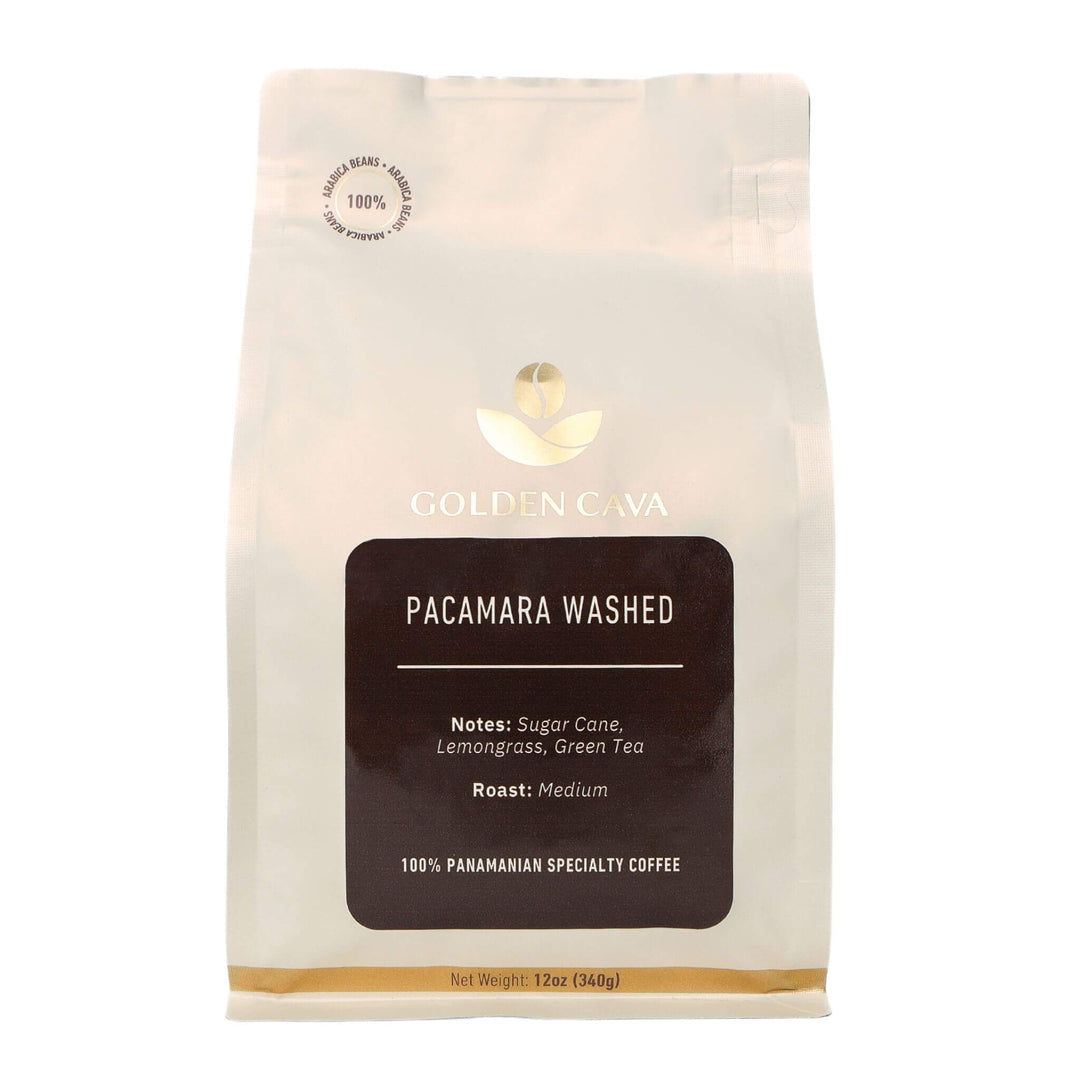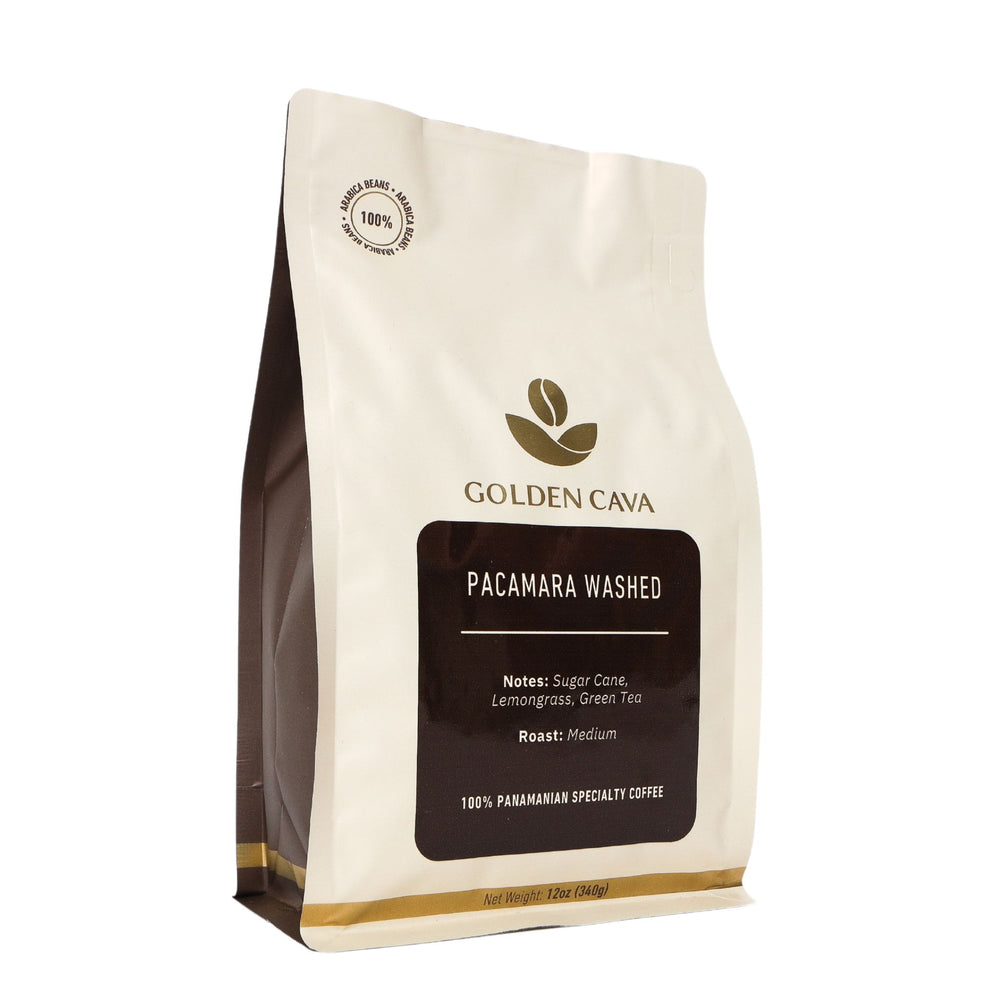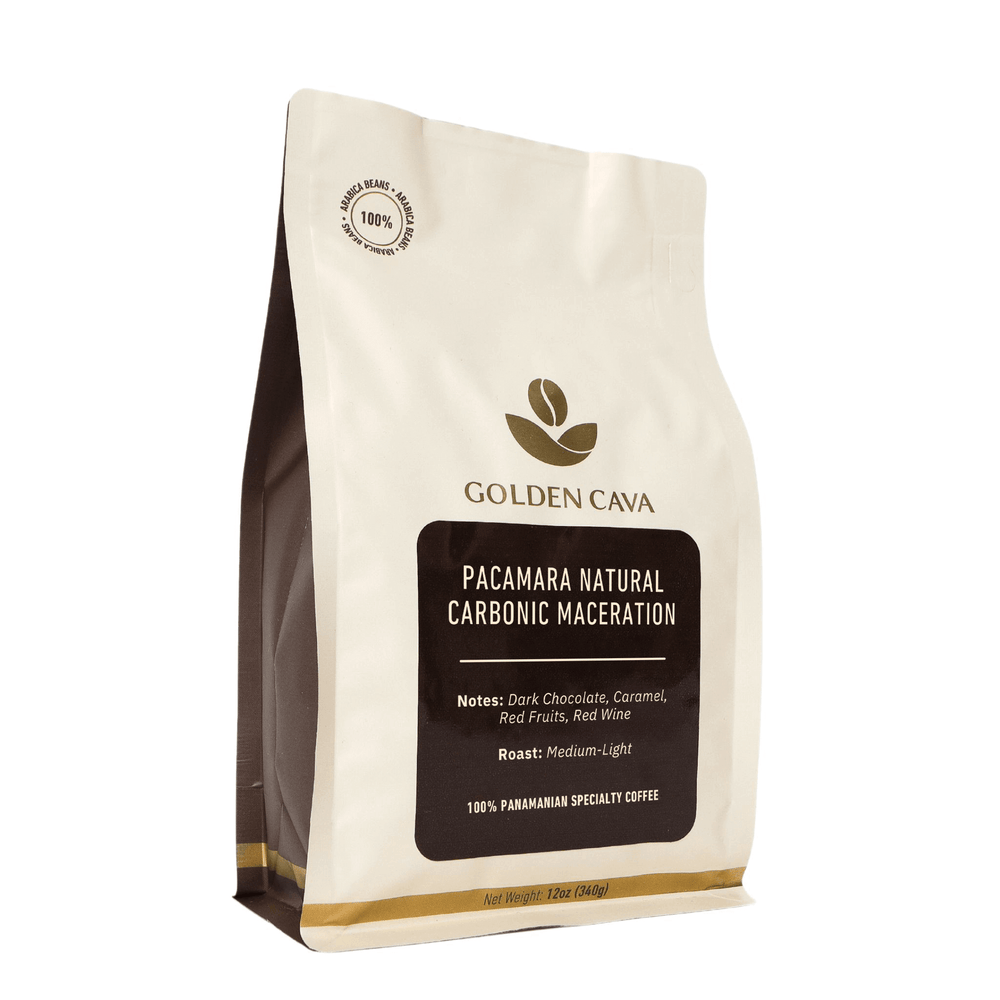When it comes to the complexities of coffee, one question that often pops up is "what is the pH of coffee?"
If your stomach gets sensitive around acidic drinks or coffee this one's for you!
We'll explore the pH scale and what makes a substance acidic or alkaline, shedding light on how it relates to our favorite cup of brewed coffee. From there, we'll uncover the factors that influence a cup's acidity—like bean type, brewing method, and grind size—and finally reveal the various techniques used to measure the pH of your favorite brews.
By gaining a deeper understanding of "what is the pH of coffee," you will be better equipped to select beans and adjust your brewing process. This knowledge can ultimately lead to improved flavor profiles and even provide relief for those with acid reflux concerns.
In the rest of the article will learn all about pH levels in coffee and how they affect flavor and your body.
Table of Contents: What is the pH of coffee
- The pH of Coffee: A breakdown
- A Look at Acidity in Coffee Flavors
- Factors Affecting Coffee pH
- Measuring Coffee pH
- Benefits of Knowing Coffee's pH
- Mastering the Art of Coffee Brewing with pH Knowledge
- Frequently Asked Questions What is the Ph of Coffee
- Conclusion

1. pH of Coffee: The breakdown
Coffees pH level can be influenced by different things such as the type of coffee beans used, the brewing method, and other factors. The pH scale ranges from 0 (most acidic) to 14 (most alkaline), with 7 being neutral. Water has a pH of 7 and that is considered neutral.
In general, coffee falls within an acidic range on the pH scale - typically between 4.85 and 5.10. Still, the pH level might not be a complete indicator of how your brew will taste; different acids in coffee can create distinct flavor profiles.
A Look at Acidity in Coffee Flavors
- Citric Acid: Found naturally in citrus fruits like oranges or lemons; contributes bright flavors reminiscent of these fruits when present in coffee.
- Malic Acid: Commonly found in apples; adds tartness and crispness to a cup's overall taste profile.
- Tartaric Acid: Present mainly in grapes (and therefore wine); imparts a tangy or sour note that can be quite pleasant if balanced correctly with other flavors.
- Lactic Acid: Produced during fermentation processes such as yogurt-making; lends creaminess or smoothness to some coffees while also contributing mild acidity levels.
- Acetic Acid: Contributes to a sharp, vinegary taste to coffee (acetic acid is the same acid found in vinegar).
- Phosphoric Acid: Has a lower acidity level compared to other commonly used acids and tends to enhance the coffee's sweetness and fruitiness without overpowering it.
- Quinic Acid: Generated during the roasting process, can add a sour or tart taste to your coffee.
- Chlorogenic Acid: Present in raw coffee beans; these acids get converted into aromas and add bitter notes to our coffee cup during the roast.
The combination of these different acids determines how we perceive our morning brew's acidity - whether our acidic coffee comes across as sharp and bright or mellow yet still flavorful.
Balancing Acidity with Other Flavor Components
While acidity is an essential component of coffee's taste, it's crucial to reduce acidity and balance it with other flavor elements like sweetness and bitterness. This delicate interplay between various tastes creates a well-rounded cup that satisfies the palate instead of acidic coffee that turns our face into a grimace.
The Coffee Tasting Wheel is a useful tool for understanding how different flavors interact in your favorite brew. By exploring these nuances, you can develop a deeper appreciation for the art of specialty coffee - not just as a caffeine boost but also as an experience that engages all your senses.
Grasping the acidity of coffee is key to comprehending how it meshes with other components, flavors and sensations. Factors affecting coffee pH can vary depending on several elements such as roast level, brewing method or even water quality; thus, it's important to understand them in order to brew a better cup of coffee.
The pH level of coffee usually is around 4.85 and 5.10. Balancing acidity with sweetness and bitterness creates a well-rounded cup that satisfies the palate; understanding these nuances through tools like the Coffee Tasting Wheel can help develop an appreciation for specialty coffee as an experience that engages all senses.
2. Factors Affecting Coffee pH
The acidity of this intricate drink can be subject to fluctuation based on a variety of elements. Let's dive into the main aspects that affect coffee's pH level:
Type of Coffee Beans
Different coffee beans may possess differing levels of acidity. The predominant coffee bean types in the world are Arabica and Robusta. Arabica beans are known for their mild acidity, while Robusta beans tend to be considered more acidic due to their higher chlorogenic acid content.
Roast Level
The roast level also plays a significant role in determining the pH of your coffee. Light roasts tend to possess a higher acidic nature in comparison with darker ones due to the fact that they keep more organic acids during the roasting process. As you go darker with your roast, these acids break down and decrease in concentration, leading to lower overall acidity.
Brewing Method
Your choice of brewing method can impact the final pH level as well. Some methods like espresso or AeroPress produce a slightly more acidic brew compared to other techniques such as pour-over or French press due to differences in extraction time and pressure applied during brewing.
- Espresso: With its short extraction time (around 25-30 seconds) and high-pressure water flow through finely ground coffee, an espresso shot tends to extract more acids from the finer grind grounds resulting in a lower pH value.
- AeroPress: Similar to espresso but with less pressure involved (AeroPress guide here.). The shorter steeping time and pressure can still lead to a slightly more acidic brew compared to other methods.
- Pour-over: This method involves pouring hot water over coffee grounds in a slow, controlled manner. The longer extraction time allows for more balanced acidity levels in the final cup.
- French press: With its full immersion brewing style and longer steeping time (usually around 4 minutes), French press coffee tends to have lower acidity than espresso or AeroPress methods.
In addition to these factors, the quality of your water and even how you store your beans can impact the pH level of your brewed coffee.
With this in mind, let us now explore how to measure coffee pH levels accurately.
The acidity of coffee can be varied by the kind of beans, roast degree and brewing technique employed. Light roasts tend to have higher acidity than dark roasts, while espresso and AeroPress methods produce a more acidic brew compared to pour-over or French press techniques. It's important to consider these elements when aiming for a specific taste in your cuppa joe.
3. Measuring Coffee pH
How can we accurately measure the pH of coffee? Ever wondered about the pH of your beloved coffee and how it affects its taste and acidity levels? Fear not, fellow caffeine lovers and coffee industry friends. We've got you covered with two widely-used methods: digital pH meters and handy test strips.
Digital pH Meters
Digital pH meters are precise instruments that provide an accurate measurement of a liquid's acidity or alkalinity. They work by detecting the hydrogen ion concentration in a solution using an electrode probe immersed in the liquid sample.
- To use a digital meter, simply immerse its probe into your brewed cup of joe and wait for it to display the reading on its screen.
- Keep in mind that these devices need regular calibration with buffer solutions to maintain their accuracy over time.
- Digital meters can be pricey but are worth investing if you want precise measurements for brewing consistently great-tasting cups of coffee.
pH Test Strips
An affordable alternative to digital meters is using pH test strips. These paper strips contain chemicals called indicators that change color when exposed to different levels of acidity or alkalinity. To measure your coffee's pH:
- Dip one end of a strip into your freshly brewed cup (make sure it's cooled down).
- Wait for about ten seconds before removing it from the liquid.
- Compare the color of the strip to a provided color chart, which indicates pH levels based on different hues.
While not as accurate as digital meters, test strips are an inexpensive and convenient way to get a general idea of your coffee's acidity level. Just remember that factors like lighting conditions can affect how you perceive colors, so be mindful when comparing your results.
Now that we've covered methods for measuring coffee's pH let's dive into why knowing this information is beneficial in our quest for brewing perfection.
Measuring coffee pH can help you make the perfect cup of joe and ensure that your coffee is brewed to its optimal level.
Coffee enthusiasts can measure the pH of their brew using digital pH meters or test strips. Digital meters are more precise but require regular calibration, while test strips are affordable and convenient for a general idea of acidity levels. Knowing the pH of coffee helps in brewing consistently great-tasting cups by understanding its flavor profile and acidity levels.
4. Benefits of Knowing Coffee's pH
Being aware of your coffee's pH level can make a world of difference in your daily caffeine fix. It can enable you to tweak the brewing process, and obtain a perfect equilibrium between taste and acidity. Here are some reasons why knowing the pH of your coffee is essential:
Achieving Optimal Flavor and Aroma
The acidity in coffee plays a significant role in its overall taste profile. By understanding how different factors affect the pH level, you can adjust variables such as bean type, roast level, or brewing method to create a cup that suits your preferences.
Better Digestion for Sensitive Stomachs
If you're prone to acid reflux or other digestive issues after drinking coffee, picking beans that are less acidic will make your stomach happy. This way, you can still enjoy that morning pick-me-up without sacrificing comfort and turning your stomach acids upside down.
Maintaining Your Espresso Machine
Espresso machines require regular maintenance, including descaling due to mineral buildup from water used during brewing. Being aware of the acidity levels in various coffees may help extend the life of your machine by choosing less acidic options when possible.
Realizing the pH of coffee can assist in concocting a tastier cup, as well as granting an understanding of its taste and health advantages. In short, being knowledgeable about your coffee's pH level empowers you to create a better cup.
Knowing the pH of your coffee can help you achieve optimal flavor and aroma, cater to specific health concerns, maintain your espresso machine, and promote sustainability through bean selection. By understanding how different factors affect the pH level, you can adjust variables such as bean type or brewing method to create a better cup that aligns with both your taste preferences and values. So why not invest in a digital pH meter or test strips today?
5. Mastering the Art of Coffee Brewing with pH Knowledge
Now that you understand how pH level affects coffee, it's time to put this knowledge into action. By taking command of your coffee-making process, you can make a regular coffee or cold brew coffee that is tailored to your personal taste and preferences..
Achieving Your Ideal Cup: Tips for Adjusting Coffee Acidity
- Choose the right beans: As mentioned earlier, different types of coffee beans have varying acidity levels. If you prefer a less acidic cup, opt for low-acid coffees.
- Tweak the roast: Generally speaking, darker roasts tend to have lower acidity than lighter ones. Experiment with different roast levels to find one that best matches your desired flavor profile.
- Brew smartly: The brewing method also plays a significant role in determining coffee's pH level. For instance, cold brew typically yields less acidic results compared to other methods such as drip or pour-over. Learn more about various brewing techniques on our blog post about "Different Ways To Brew Coffee".
- Add some buffer: If all else fails and you still find your coffee too acidic for comfort, consider adding an alkaline ingredient like milk or creamer which can help neutralize its acidity.
The world of specialty coffee is vast and exciting. Unlock the secrets of coffee brewing and learn how pH levels can influence your cup - all it takes is a little knowledge to make sure you get an excellent brew every time.
Mastering the art of coffee brewing requires knowledge of pH levels and how they can be adjusted. To achieve your ideal cup, choose low-acid beans, experiment with roast levels, try different brewing methods, and add alkaline ingredients like milk or creamer to neutralize acidity if needed. With these tips from Golden Cava's e-commerce store focused on quality specialty coffees, you'll be able to enjoy a flavorful journey through the world of coffee.
Frequently Asked Questions:
What is the pH of coffee?
The pH of coffee is considered acidic and typically ranges from 4.5 to 6, making it mildly acidic on the ph scale. The exact acidity level depends on factors such as bean type, roast level, and brewing method. A lower pH indicates higher acidity.
Does coffee affect your pH level?
Yes, consuming coffee can temporarily affect your body's pH levels due to its acidic nature. However, the human body has a strong buffering system that maintains an overall balanced internal environment (homeostasis) despite dietary changes.
Why is the pH of coffee acidic?
Organic acids present in the beans like citric acid, malic acid, phosphoric acid and chlorogenic acids impact coffees acidity. These acids are released during roasting and brewing processes which contribute to flavor profiles but also result in an acidic beverage.
What is the pH of hot brewed coffee?
Hot brewed coffee usually has a slightly higher acidity than cold brews with a typical range between 4.85 and 5.13 for most methods including drip or pour-over techniques.
Conclusion
Delving into what is the pH of coffee will help us understand its impact on taste, aroma, and impact on the digestive system.
By considering factors such as brewing method, type of beans used, and roasting process, we can better understand how to measure and reduce acidity levels in our cup of joe if that is needed.
Ready to embark on a flavorful journey? Check out our selection of specialty coffees or sign up for our coffee subscription service, and let Golden Cava guide you through the wonderful world of coffee, travel, and play.


